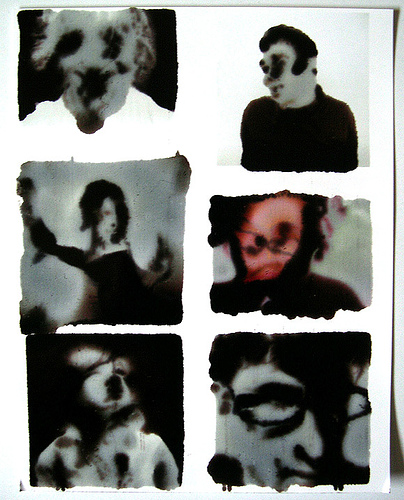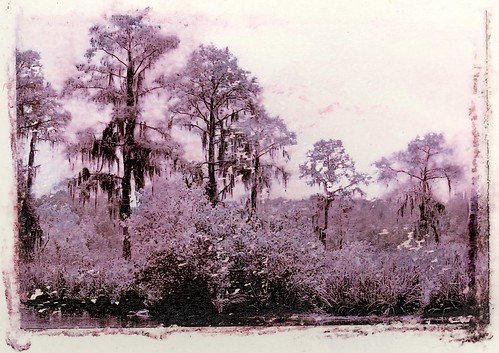HARMAN Technology Limited Press Release:
Harman, the leading professional imaging specialist has provided the first ever glimpse of its new professional photo inkjet paper, just days before officially unveiling the products to the industry at the Photokina exhibition in Cologne, Germany. This exclusive shot of the product and its packaging has only been distributed to selected online media and is the only picture to be made available before the Photokina show. The picture shows the first two products in the range, which incorporate a real photo Baryta layer within their coating – the only photographic inkjet media to do so. The matt finish product pictured, will incorporate instant-dry silica technology. Created primarily for the fine art and professional photography market, HARMAN wanted the real users to see the innovative products first.
Howard Hopwood, Marketing Director at HARMAN technology commented: "At HARMAN technology, we believe ourselves to be very much a part of the photographic community. We are very enthusiastic about the launch of our first professional photo inkjet products, and we wanted the people who will benefit most from using them to see the products first."
The black boxes will provide a strong presence on shelf, and colour coding has been used within the artwork to easily identify each individual product in the range. Product test packs will be distributed to the photographic media over the coming weeks, and detailed launch plans are due to be announced in the very near future.
Via PhotographyBLOG

